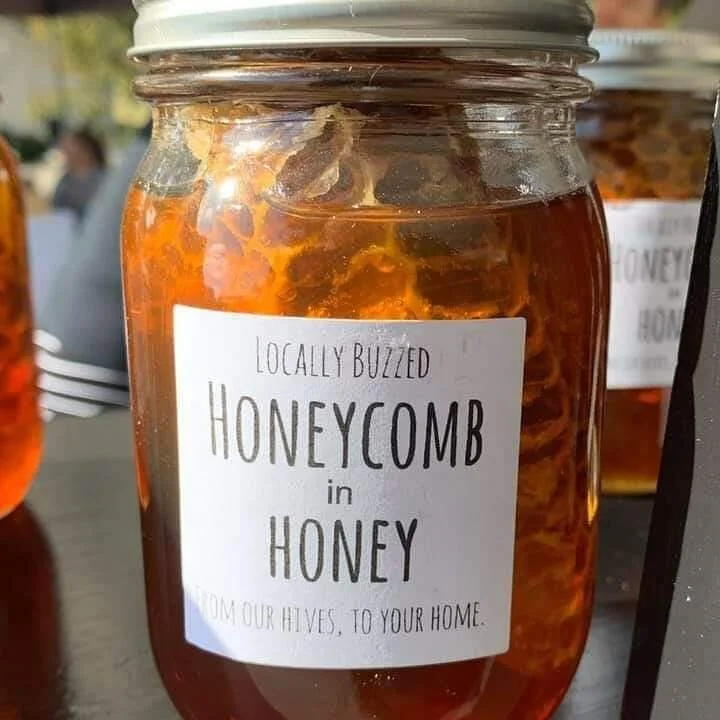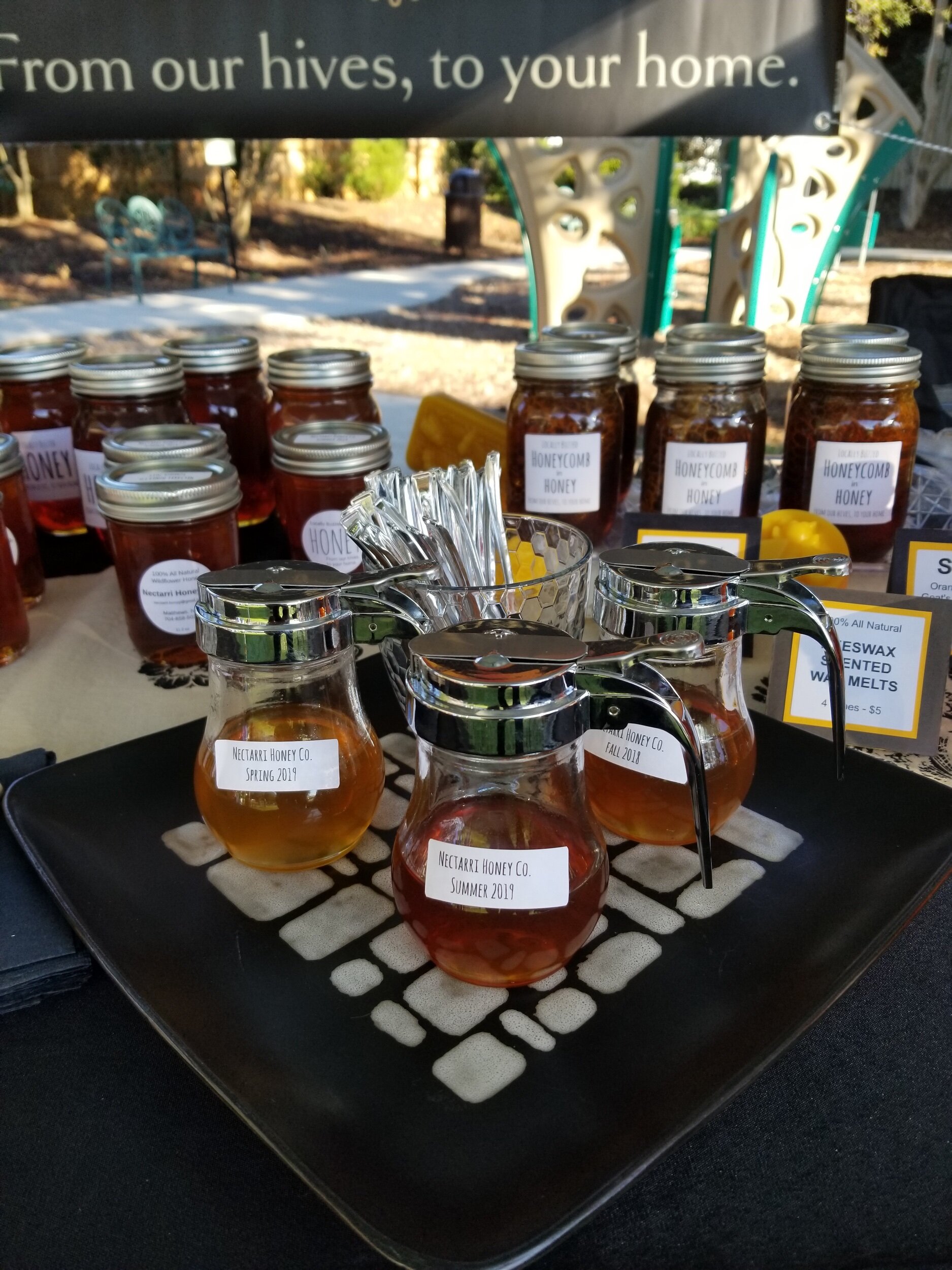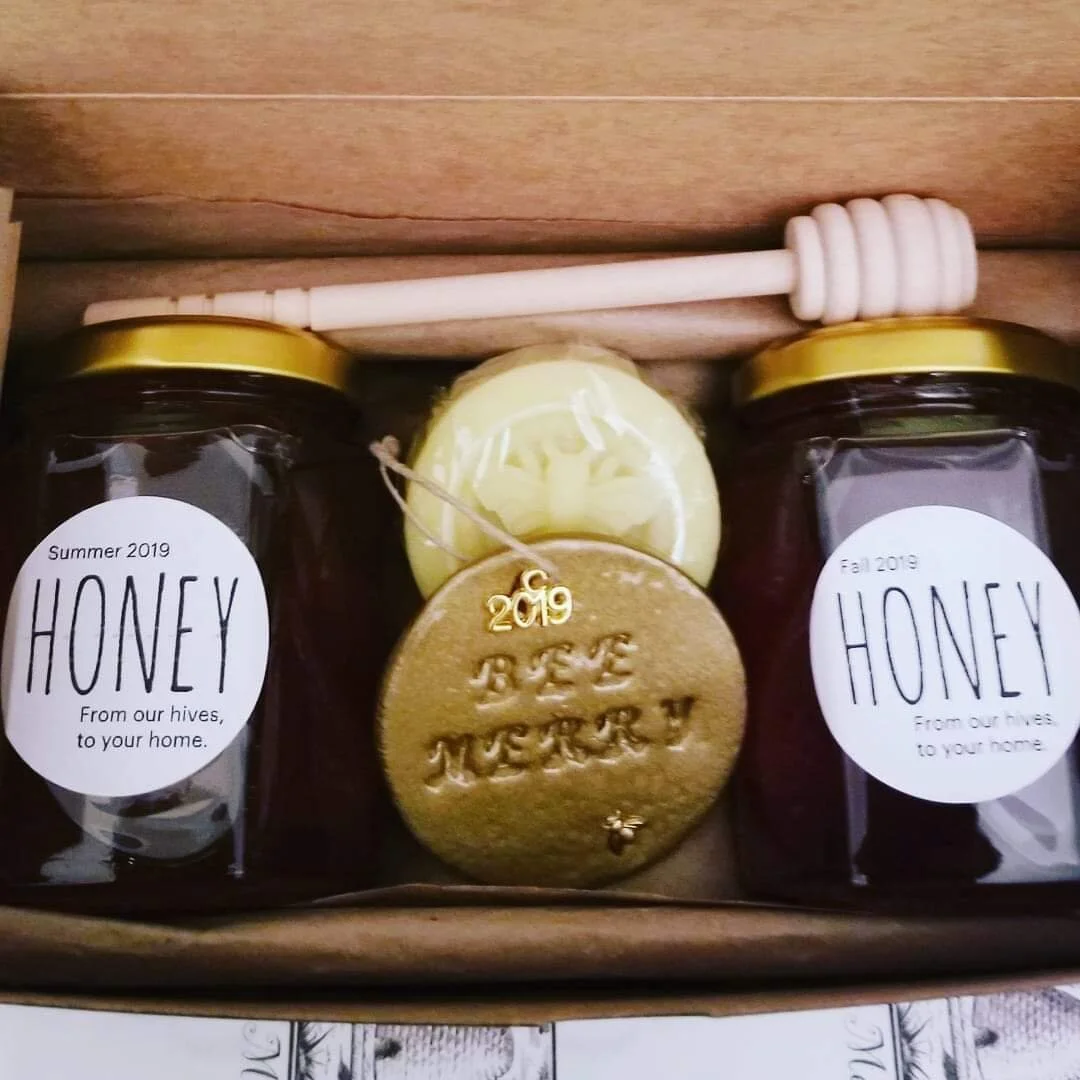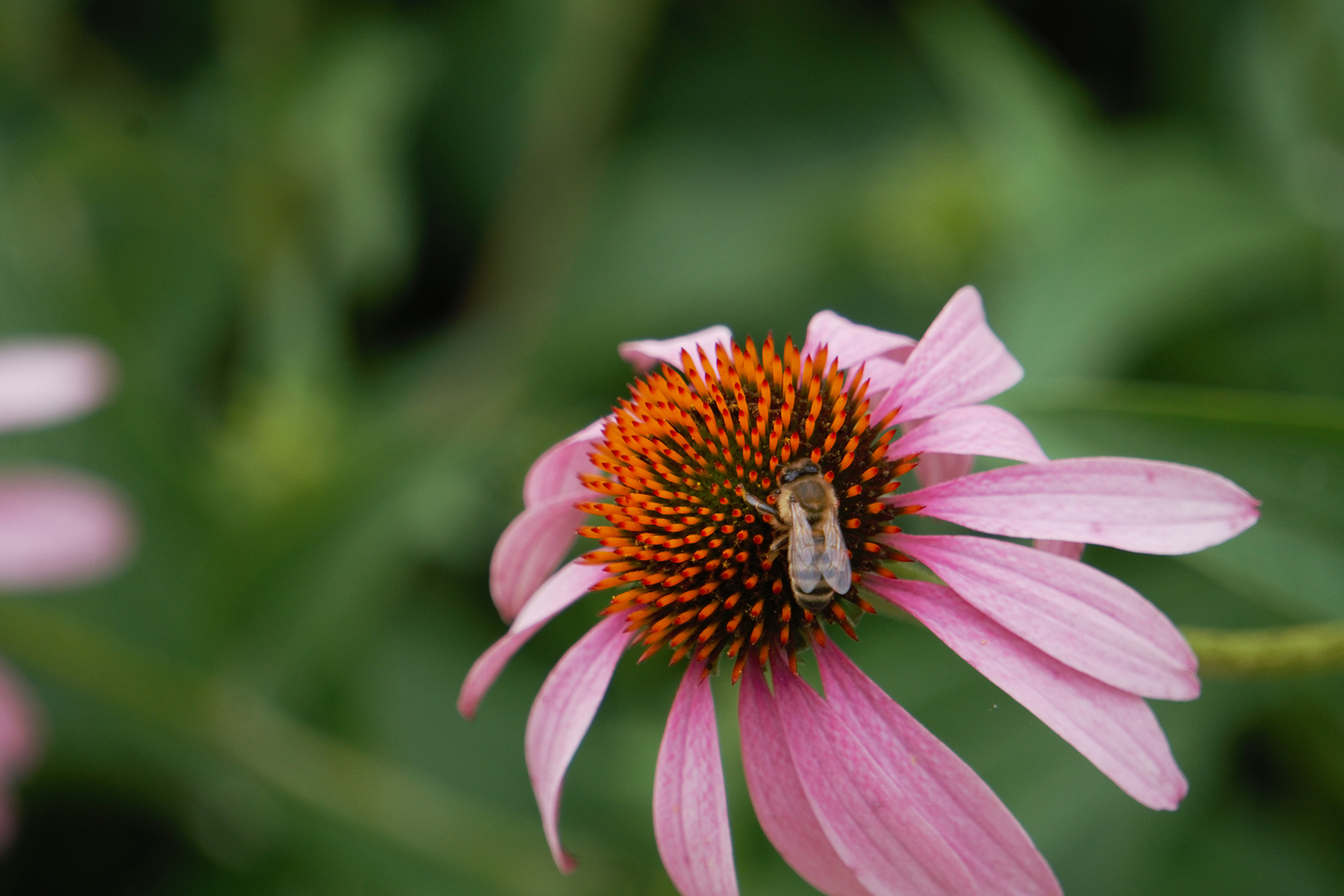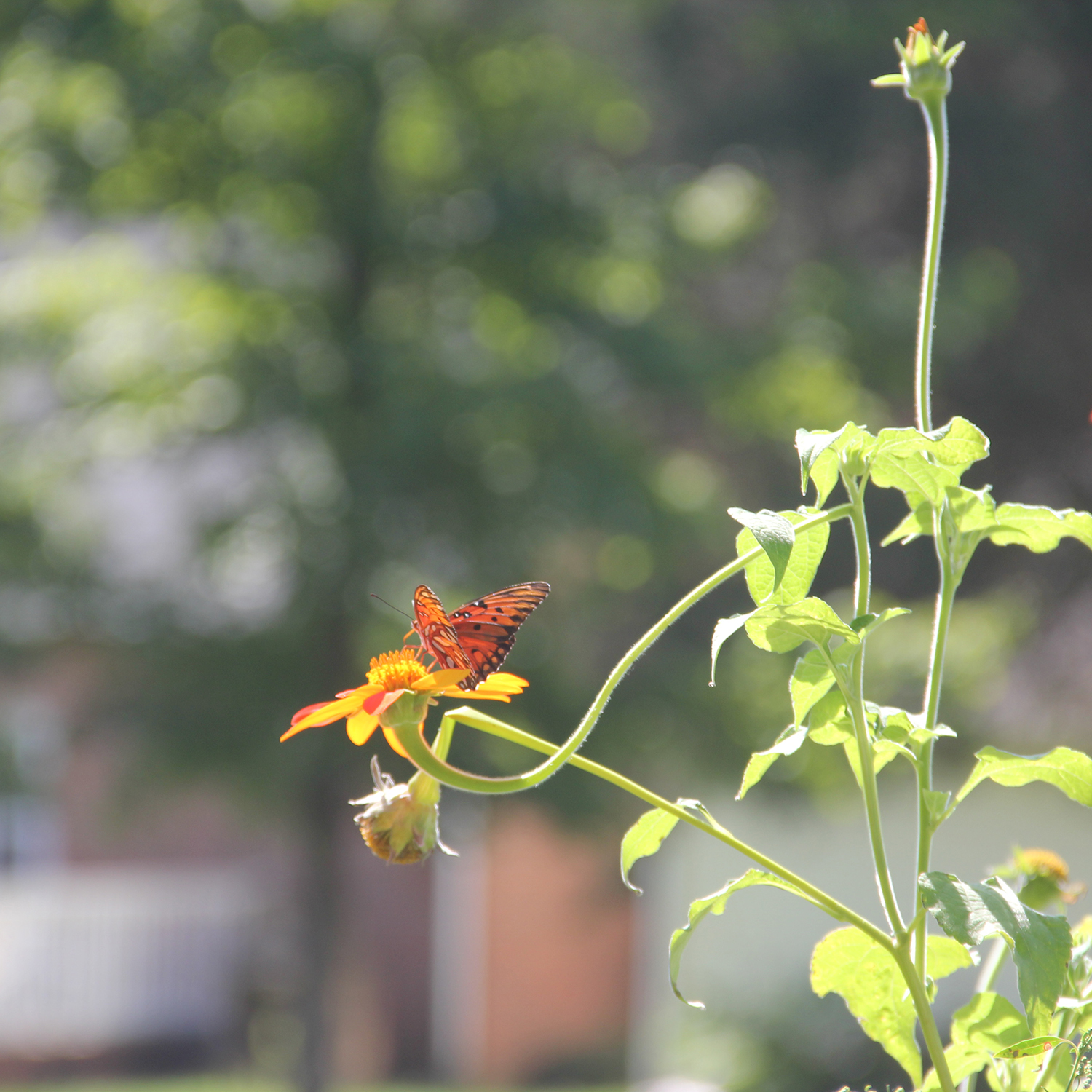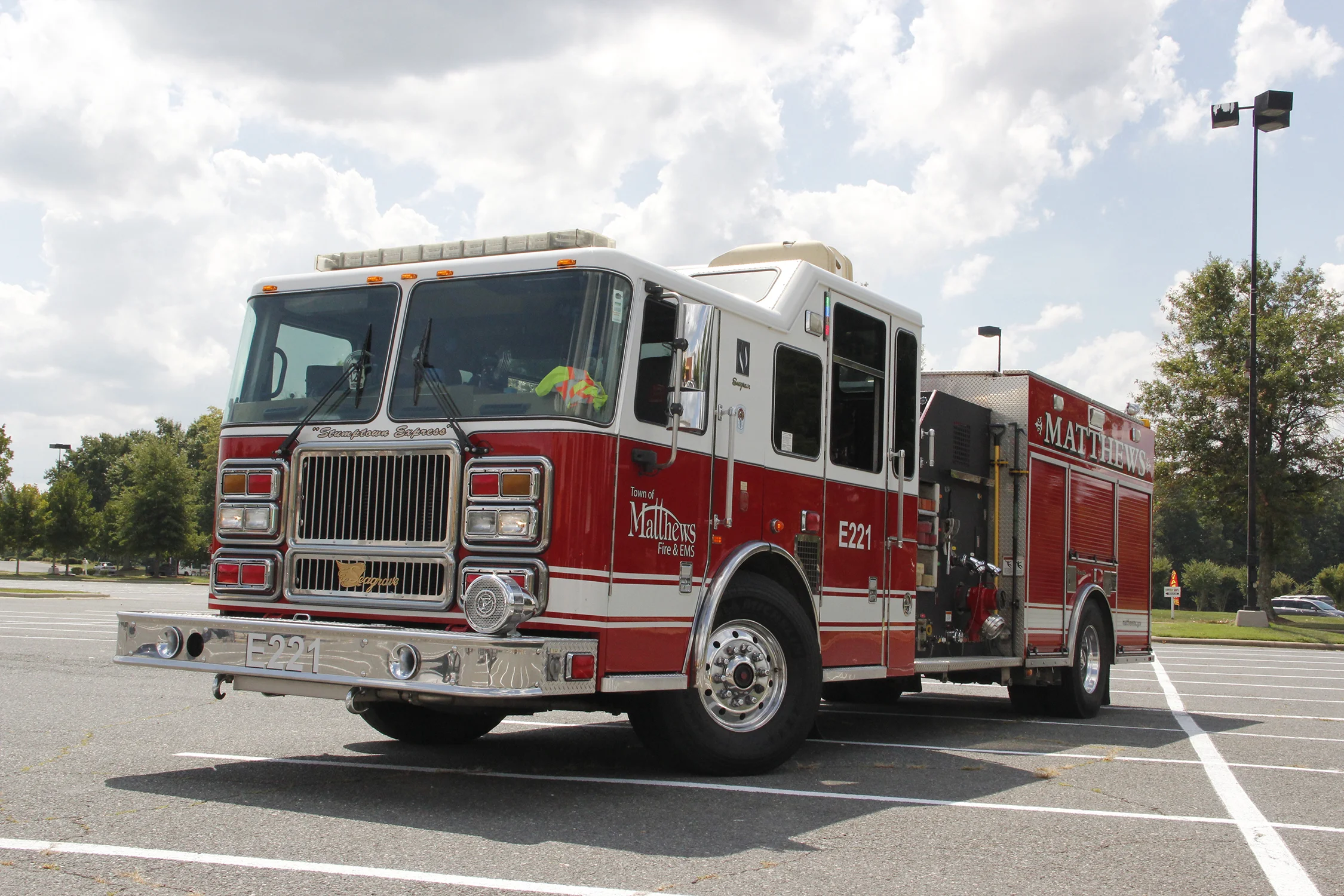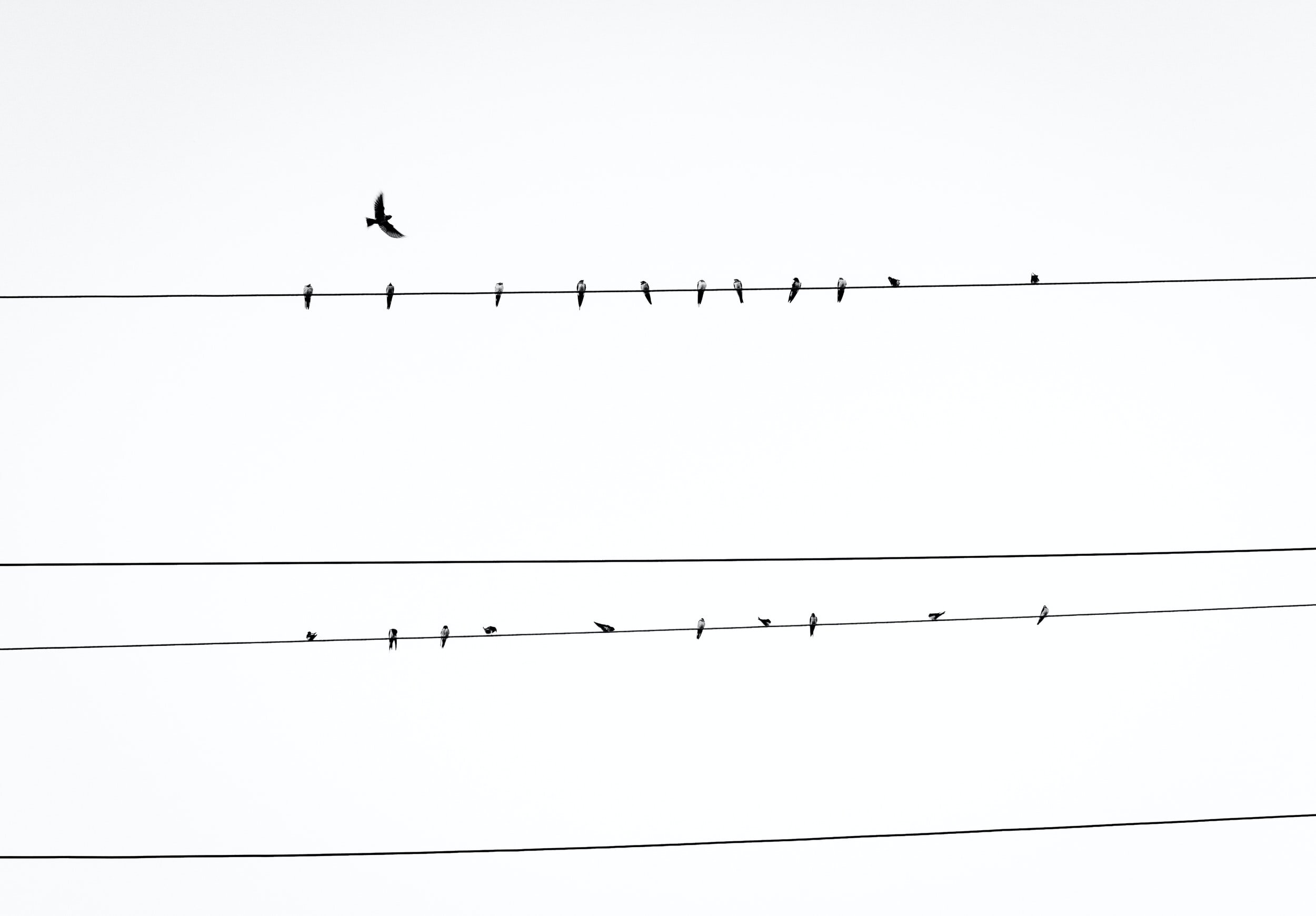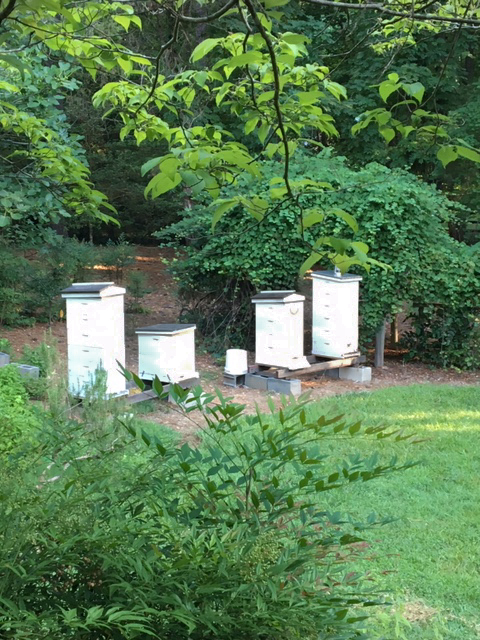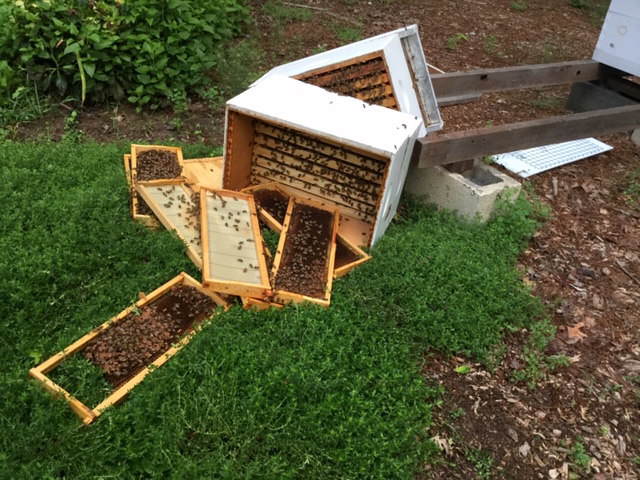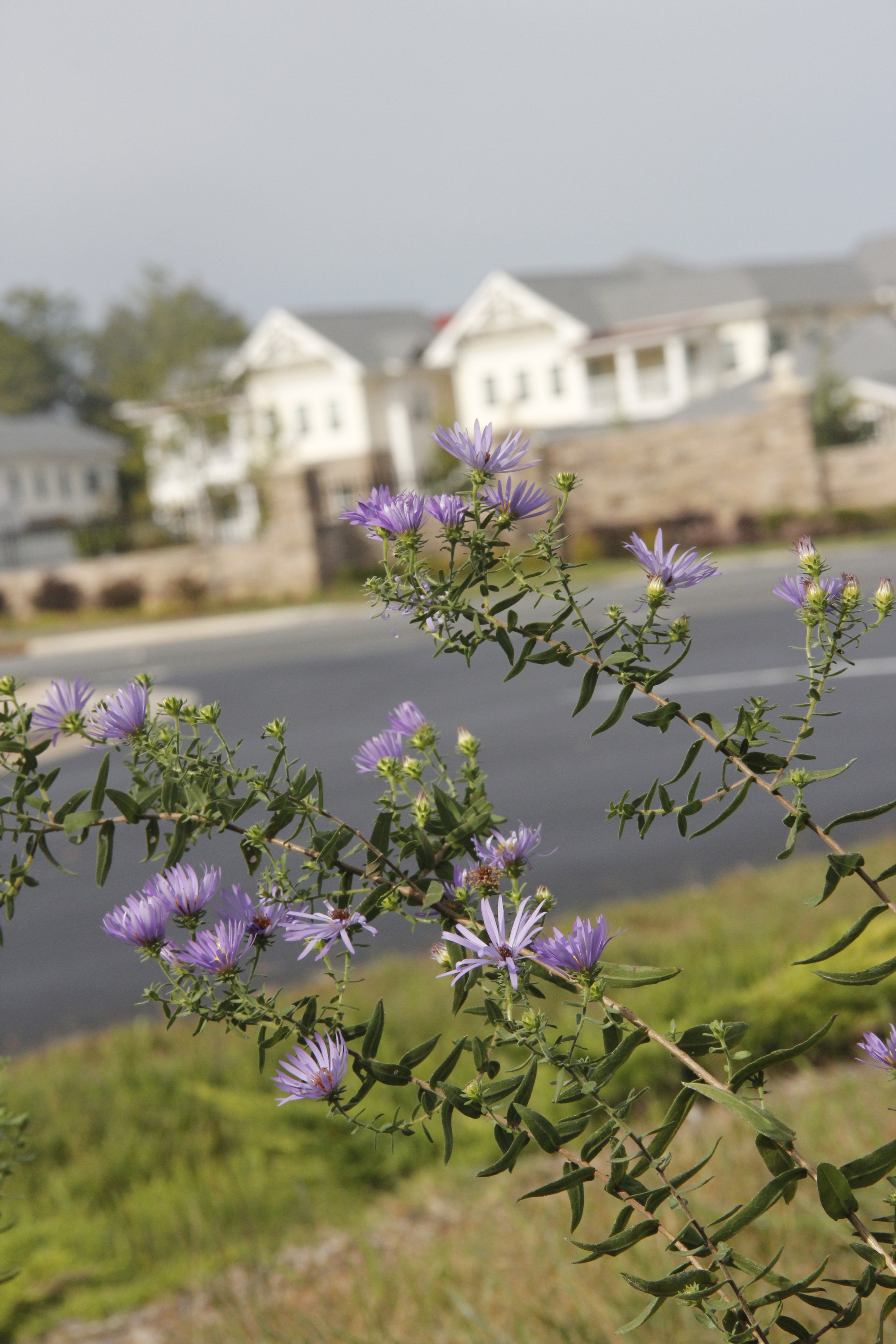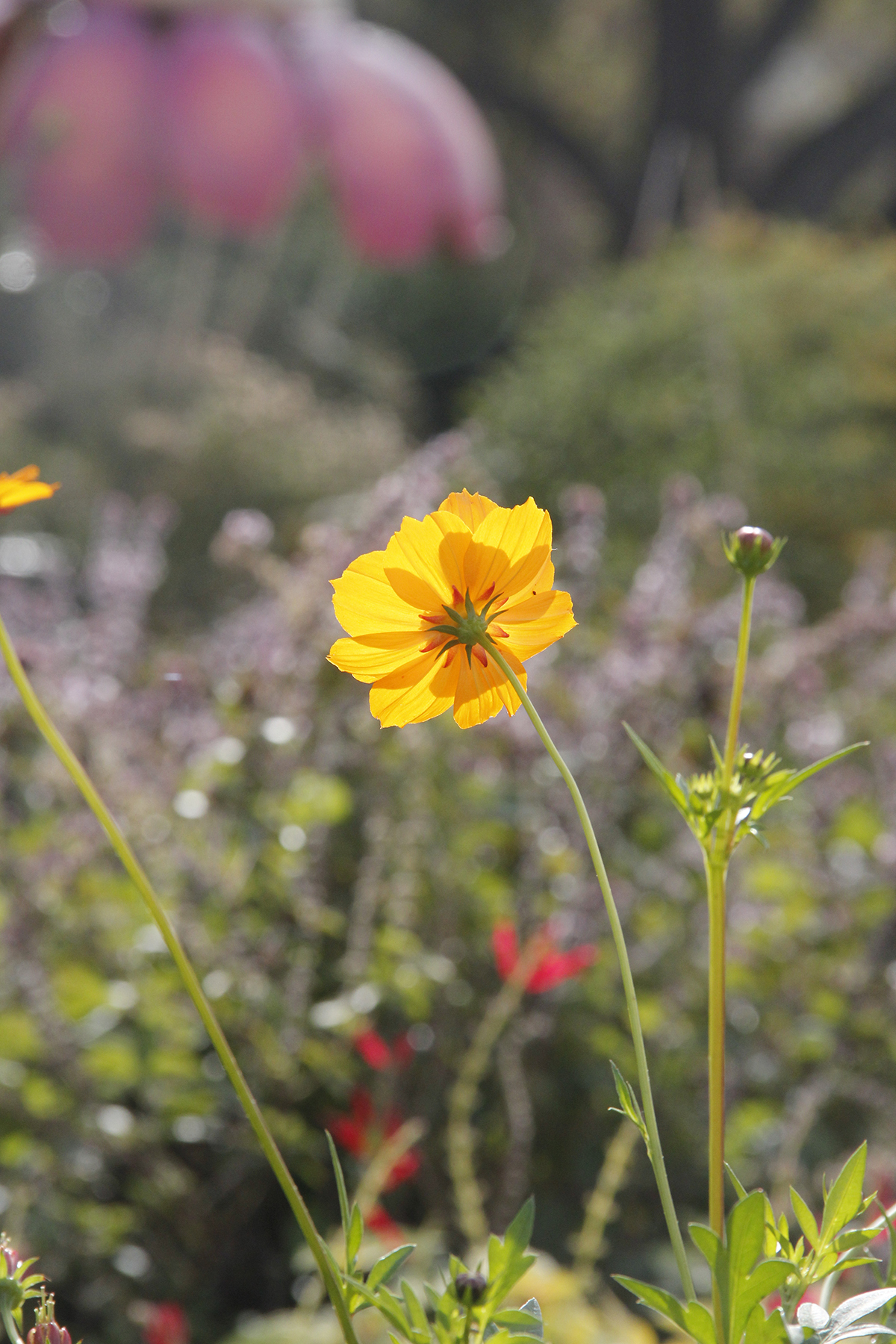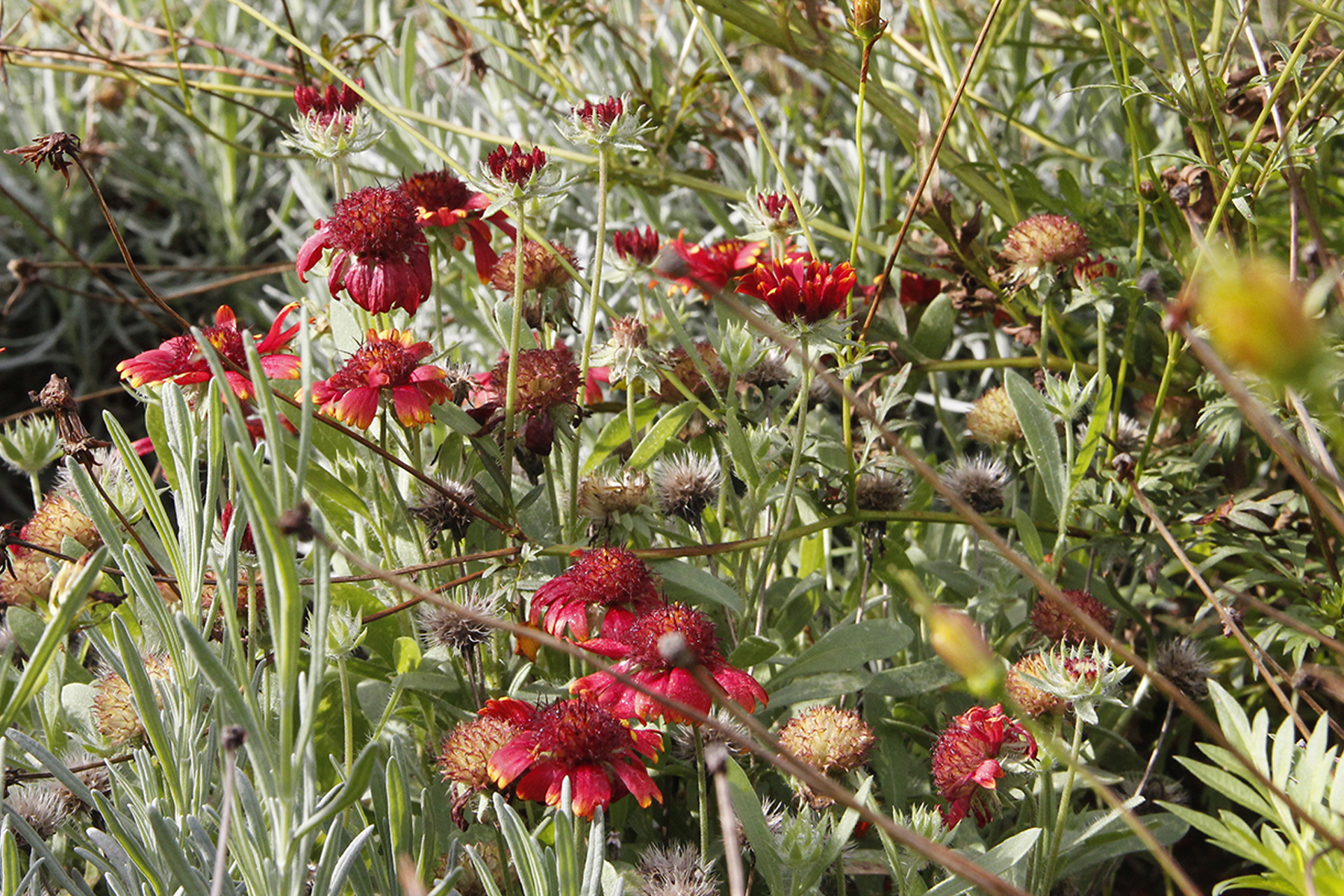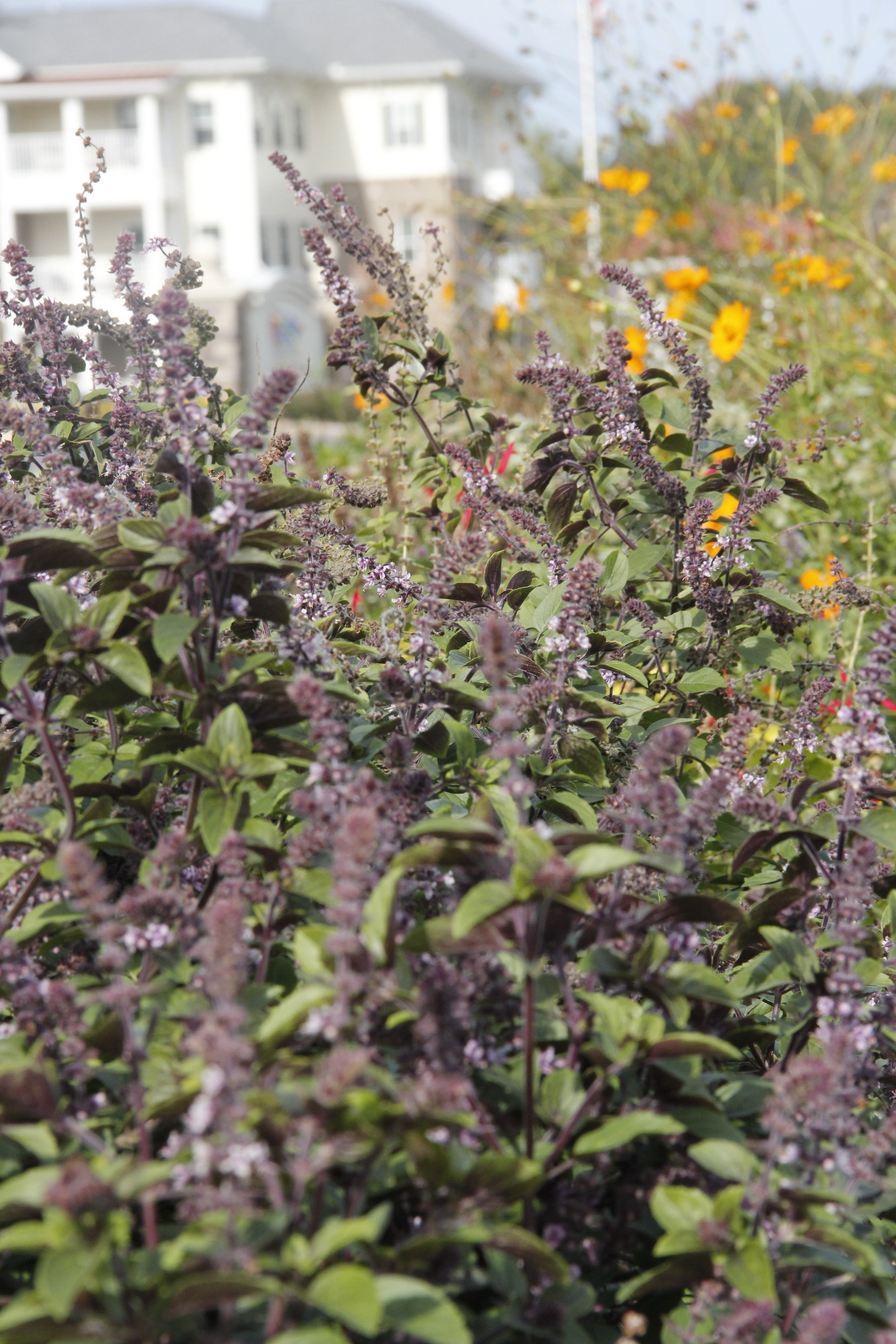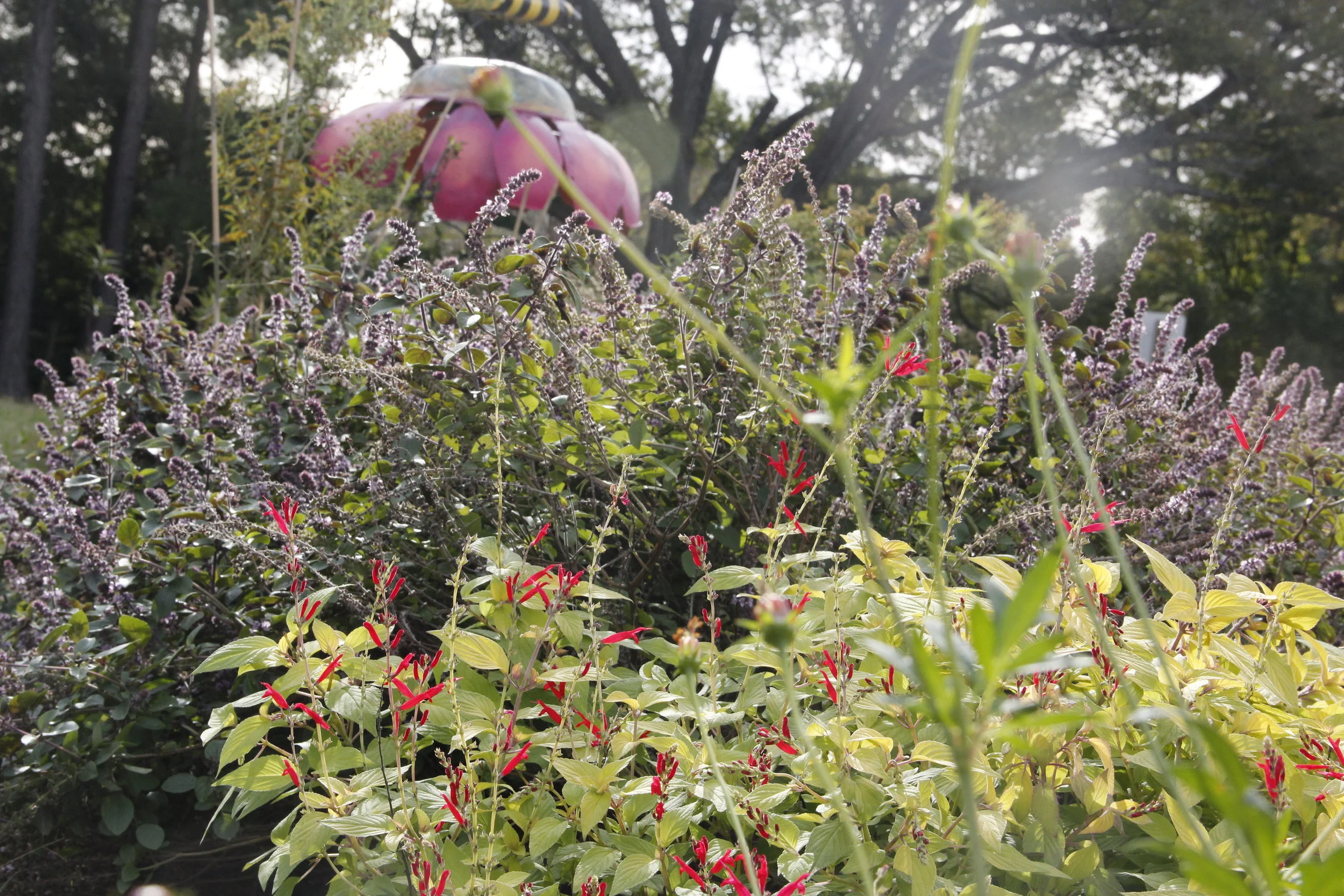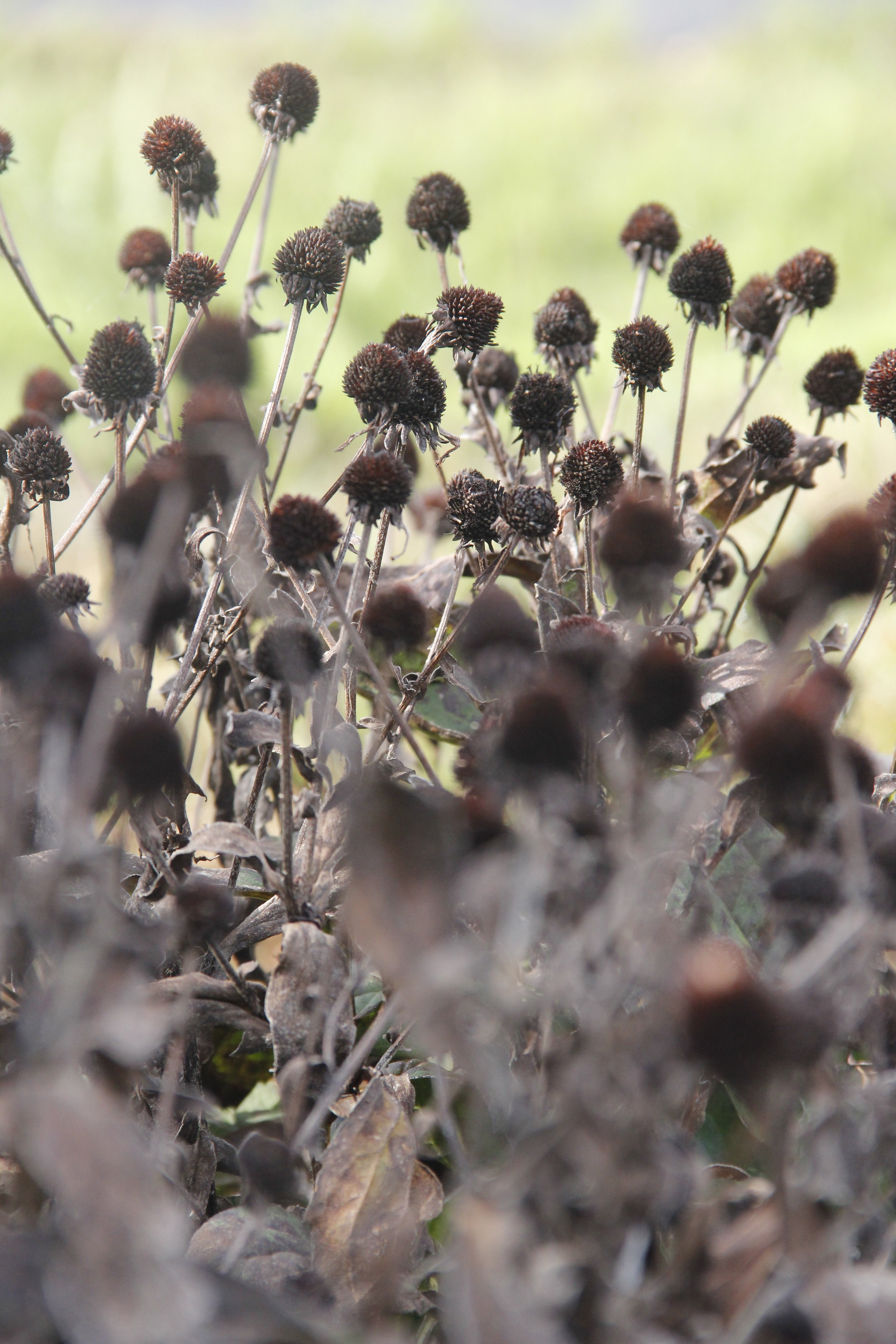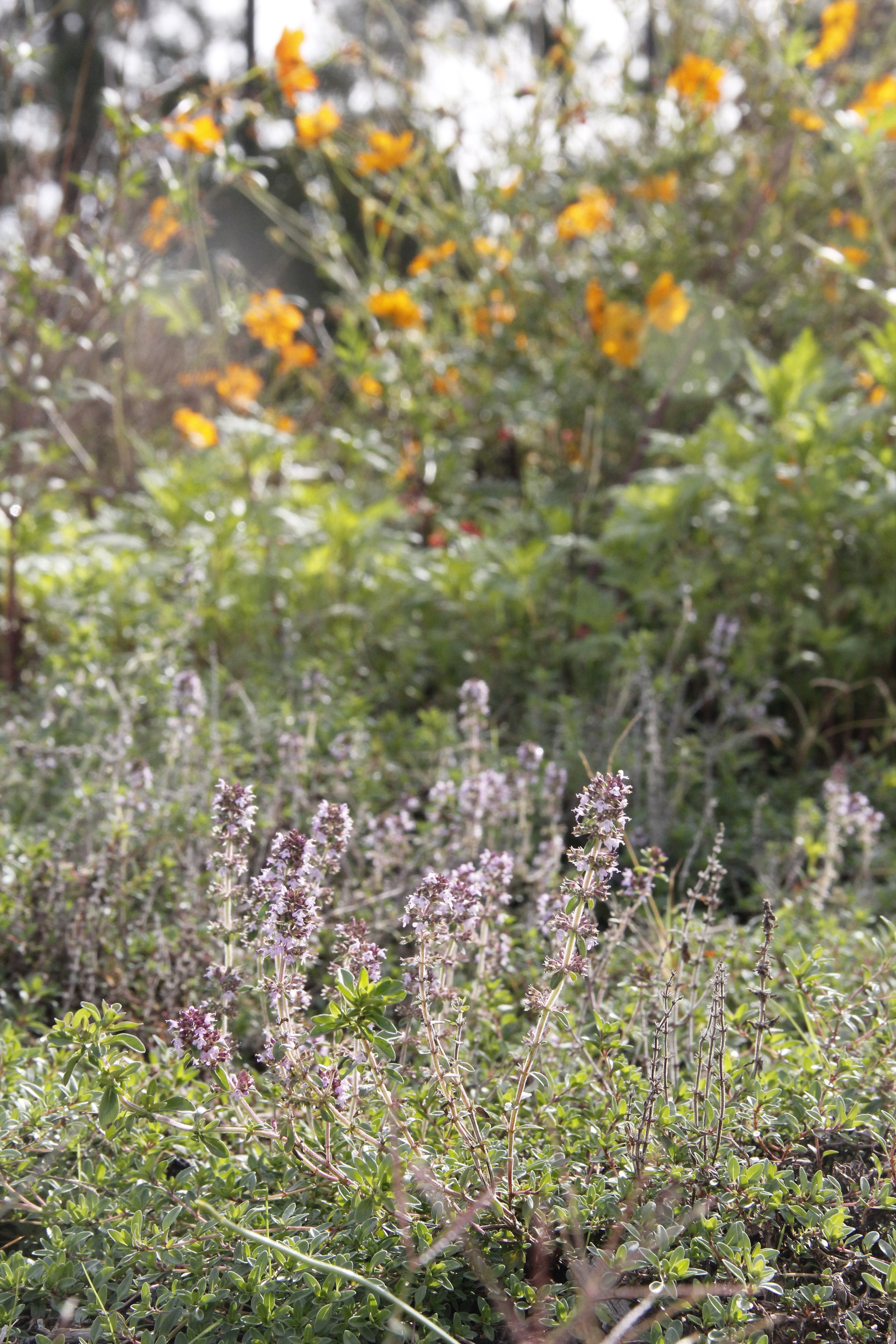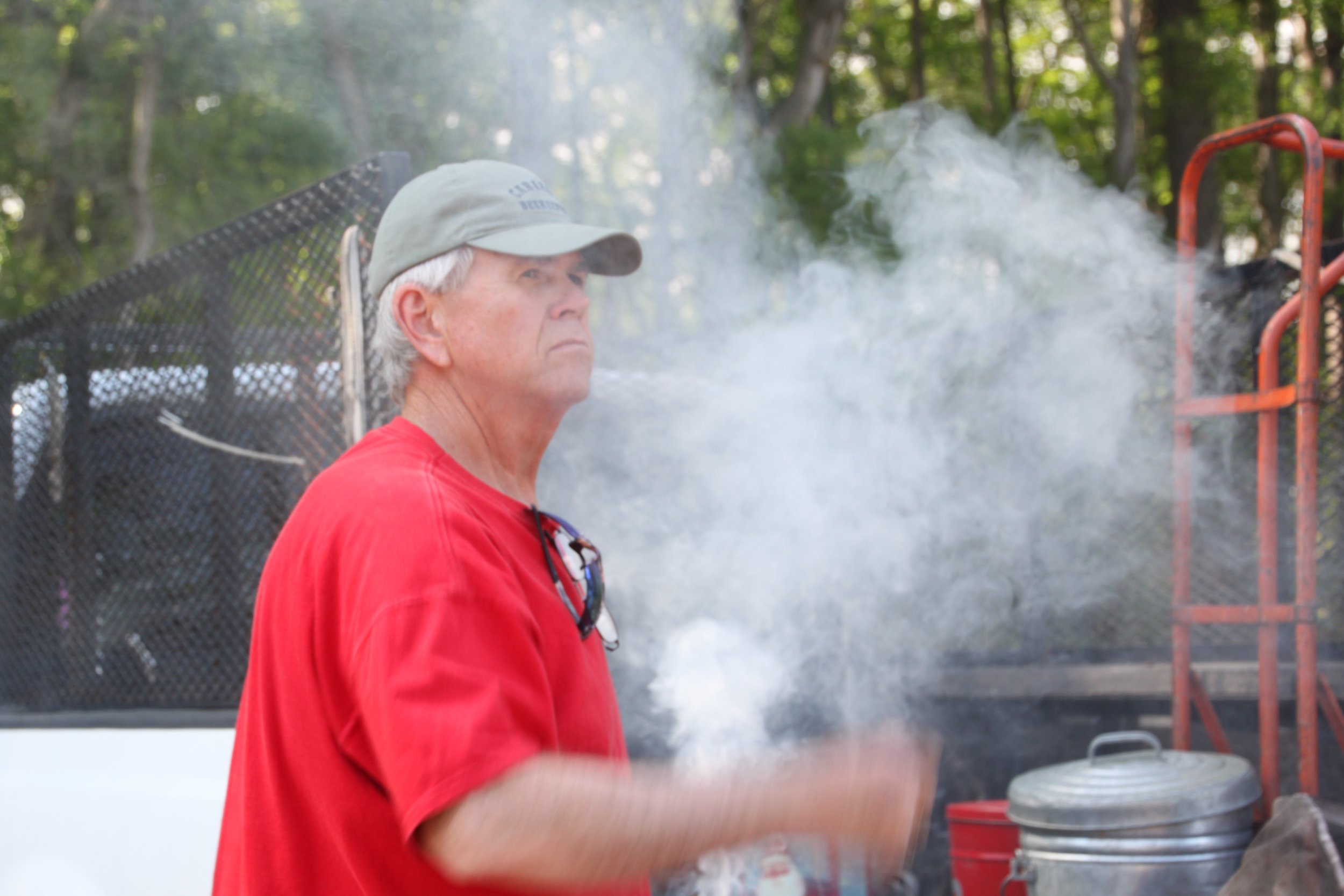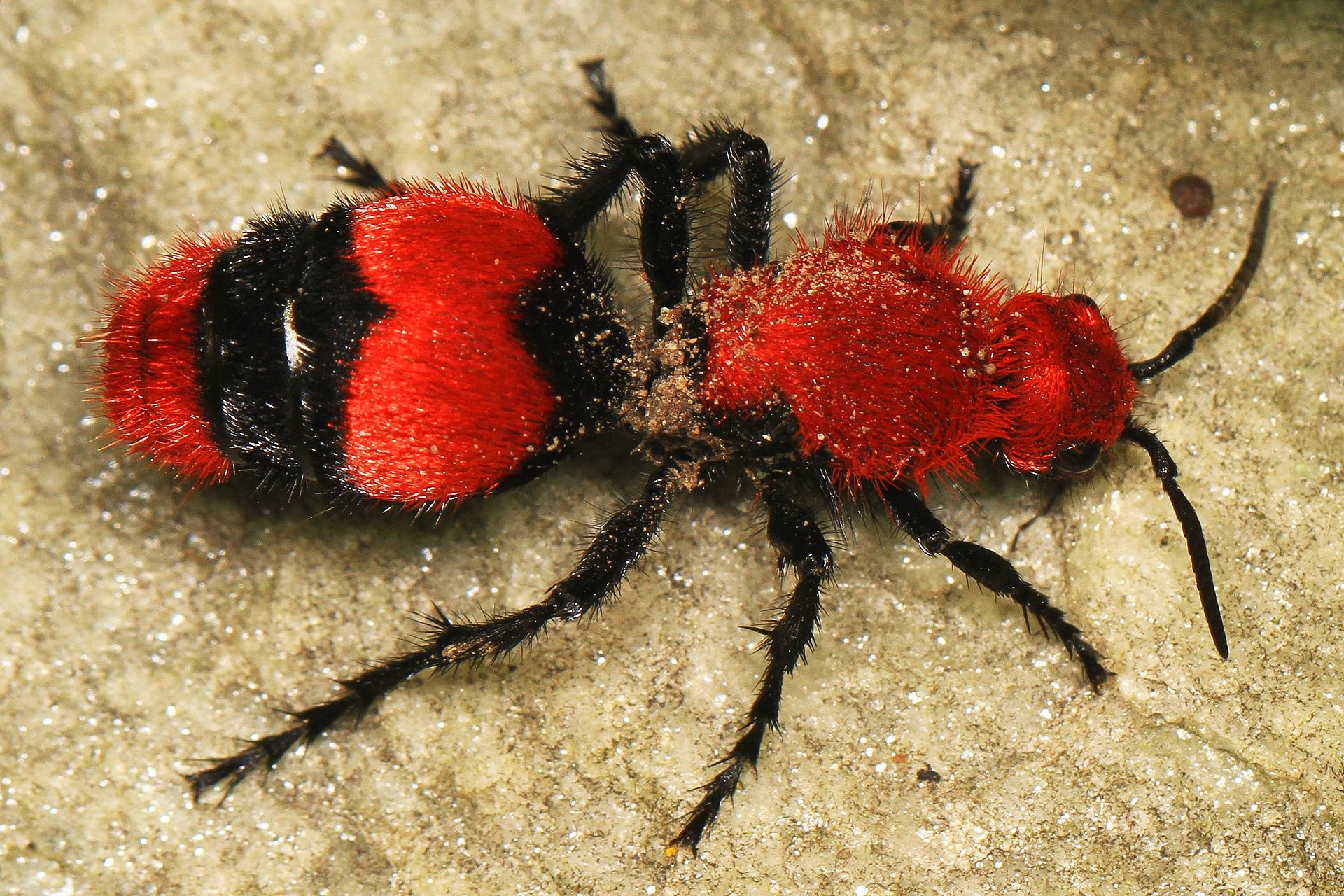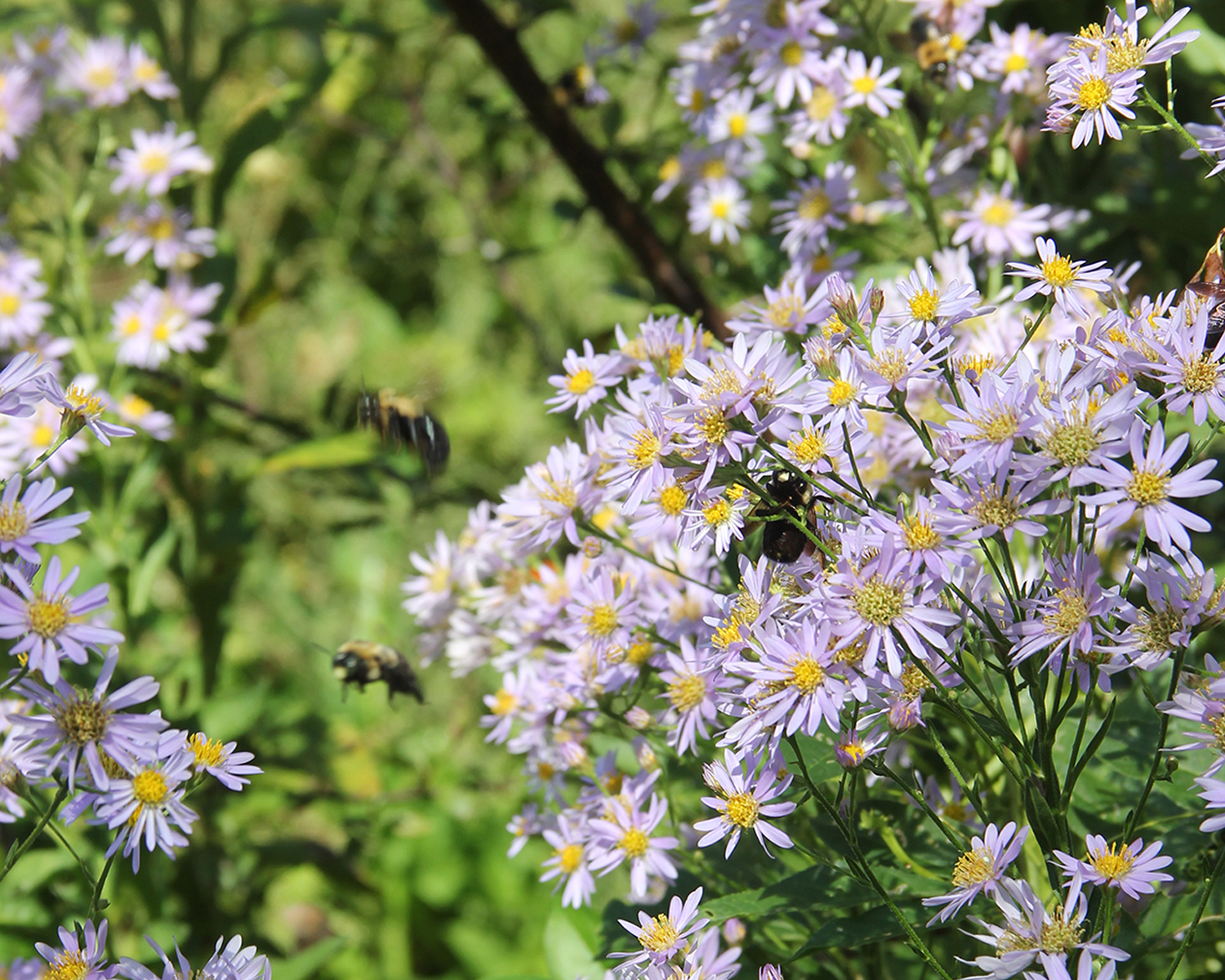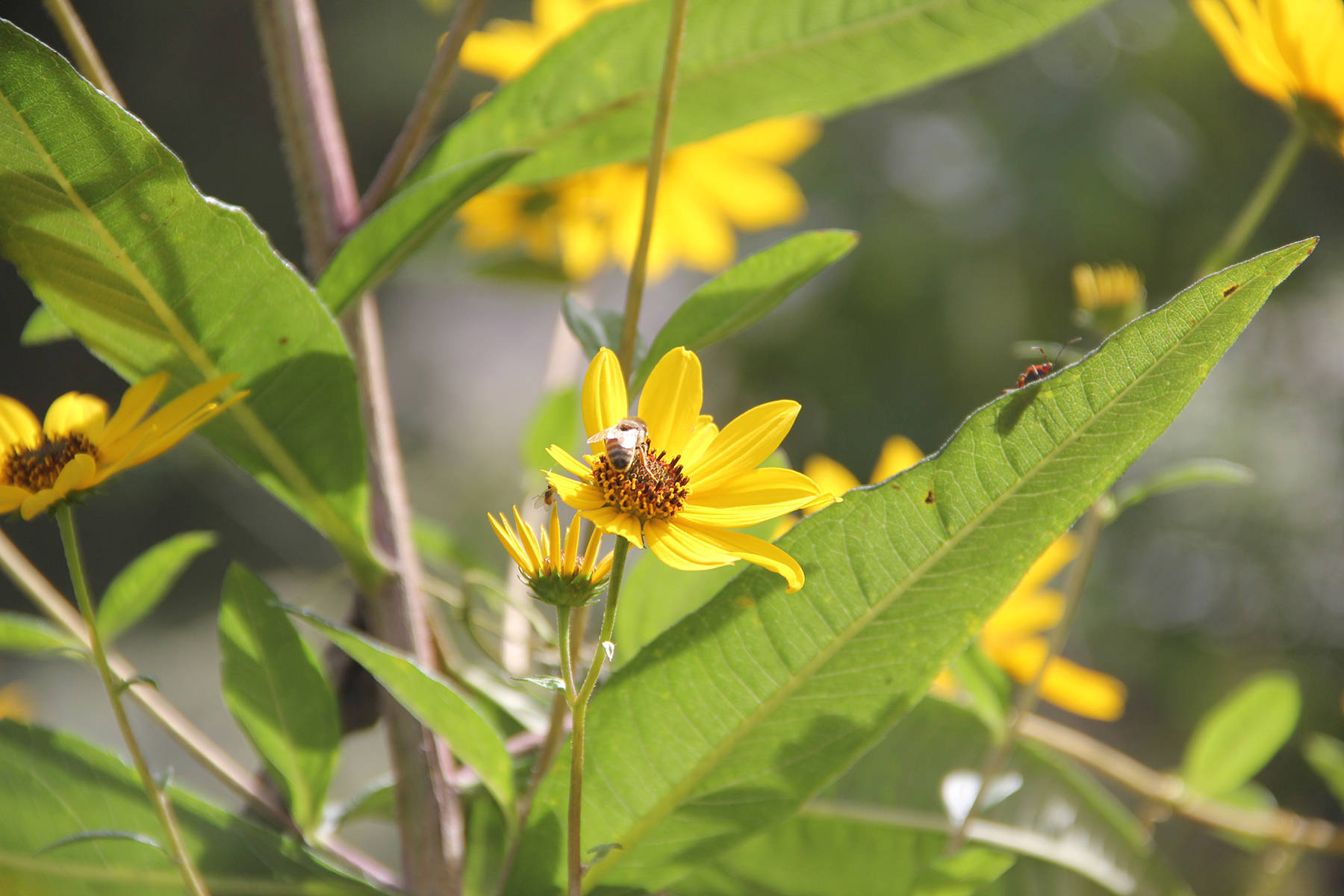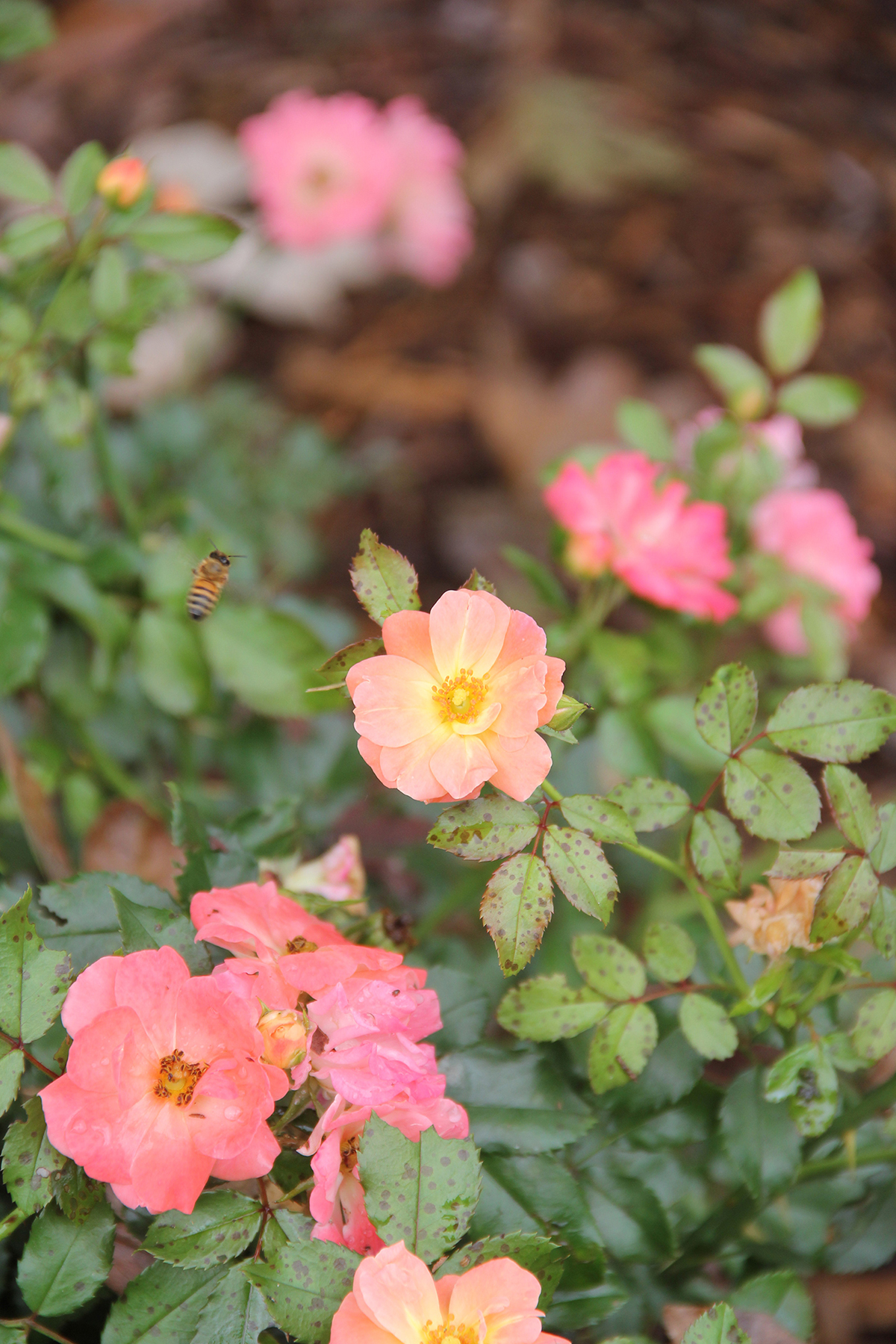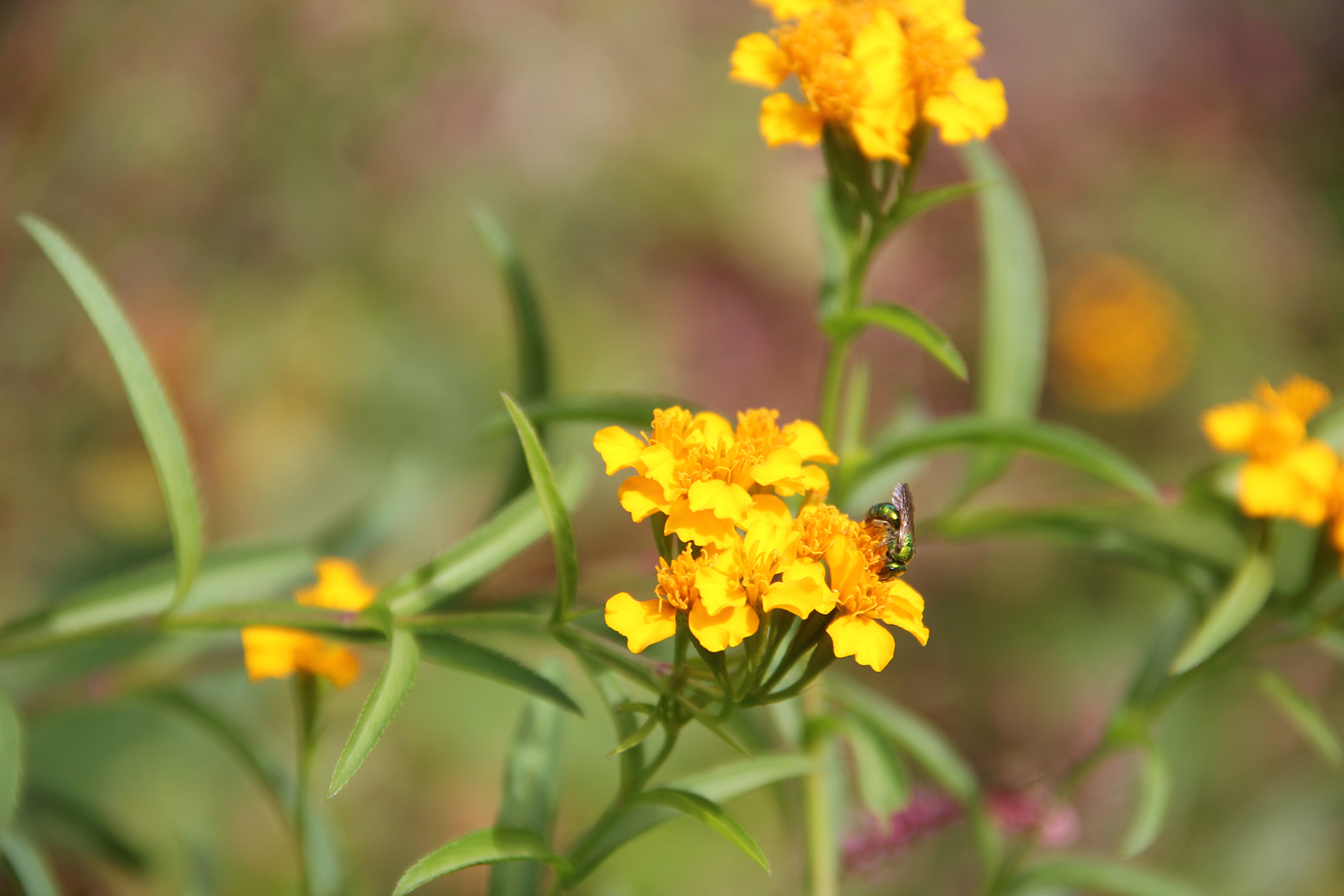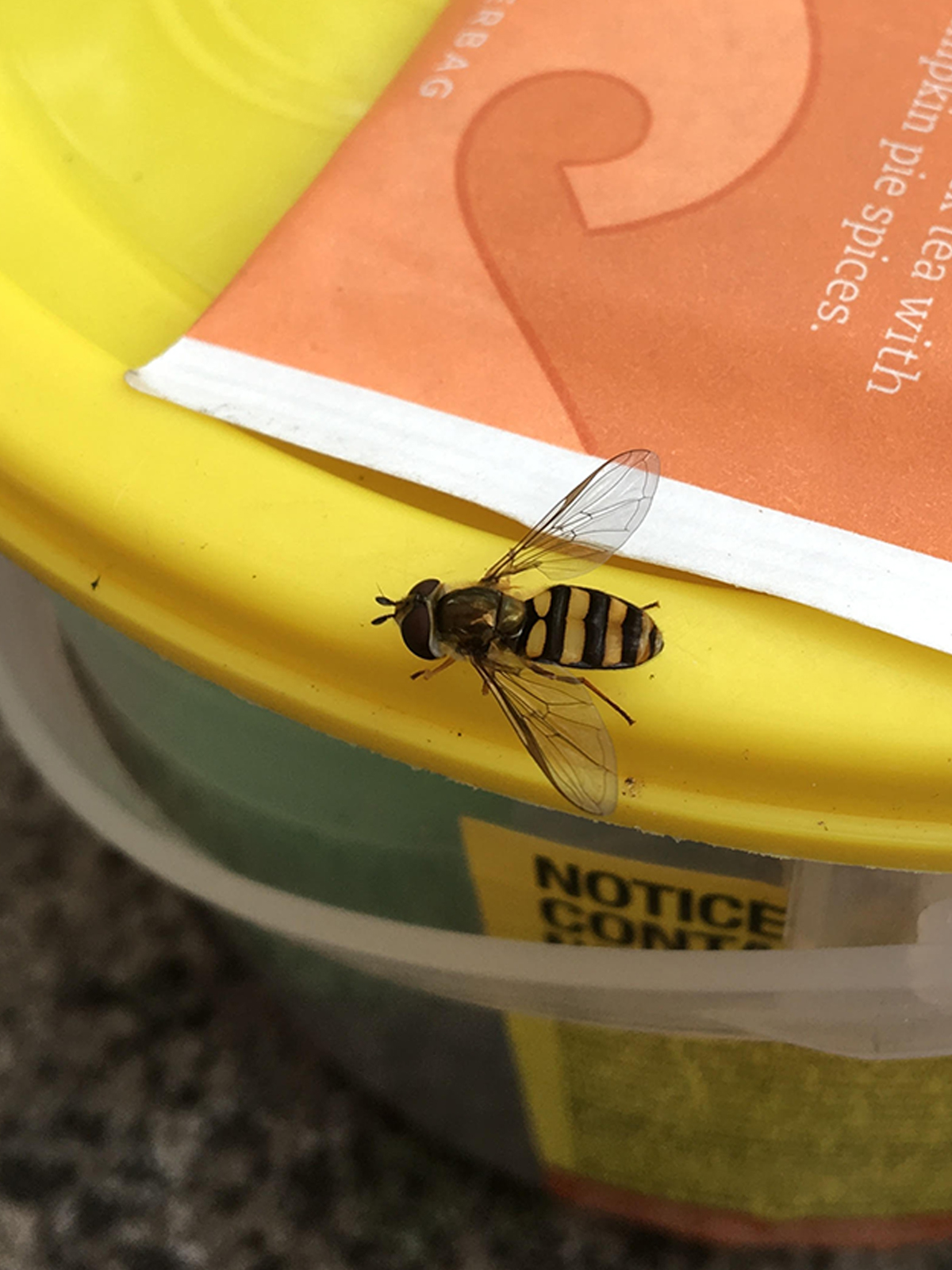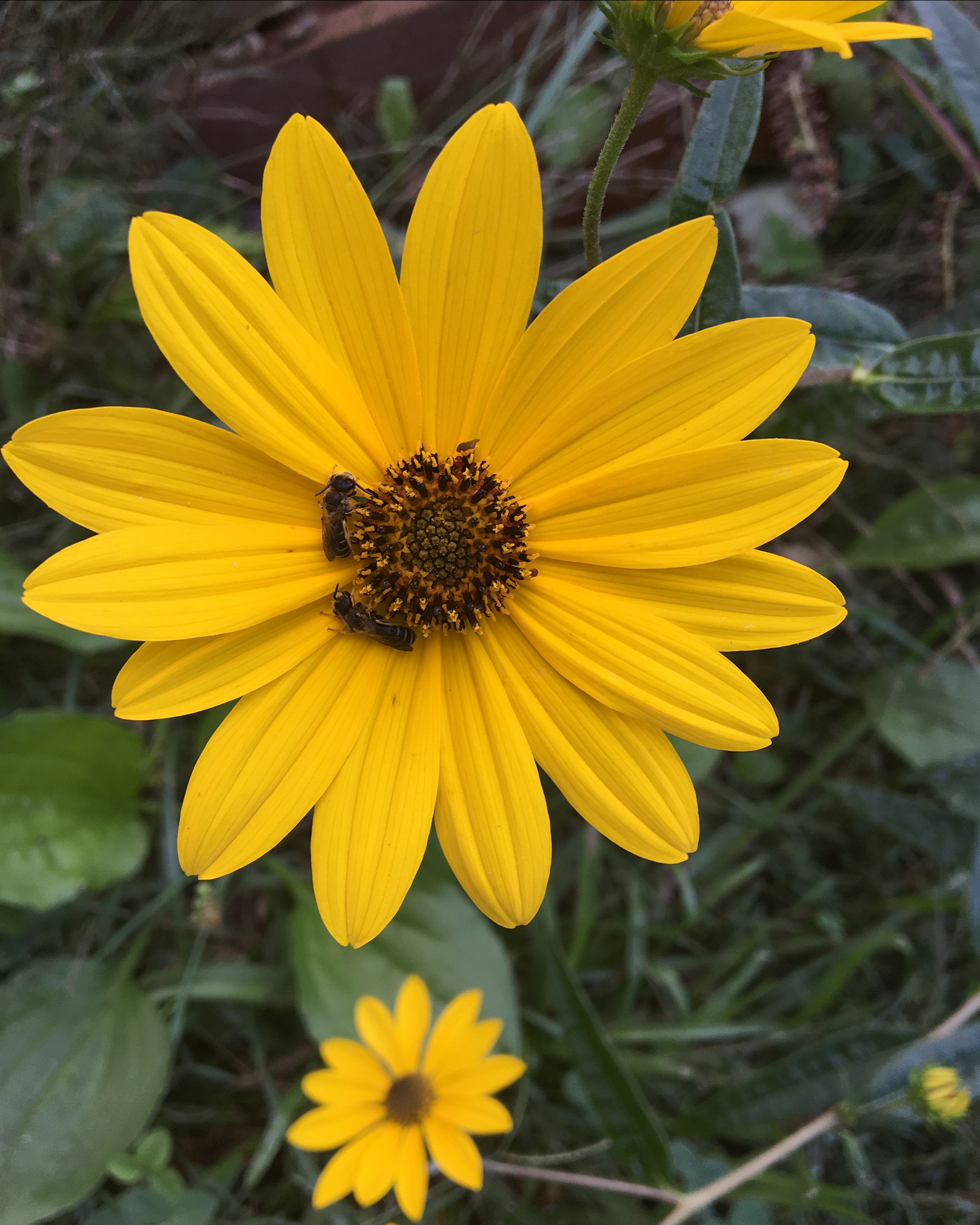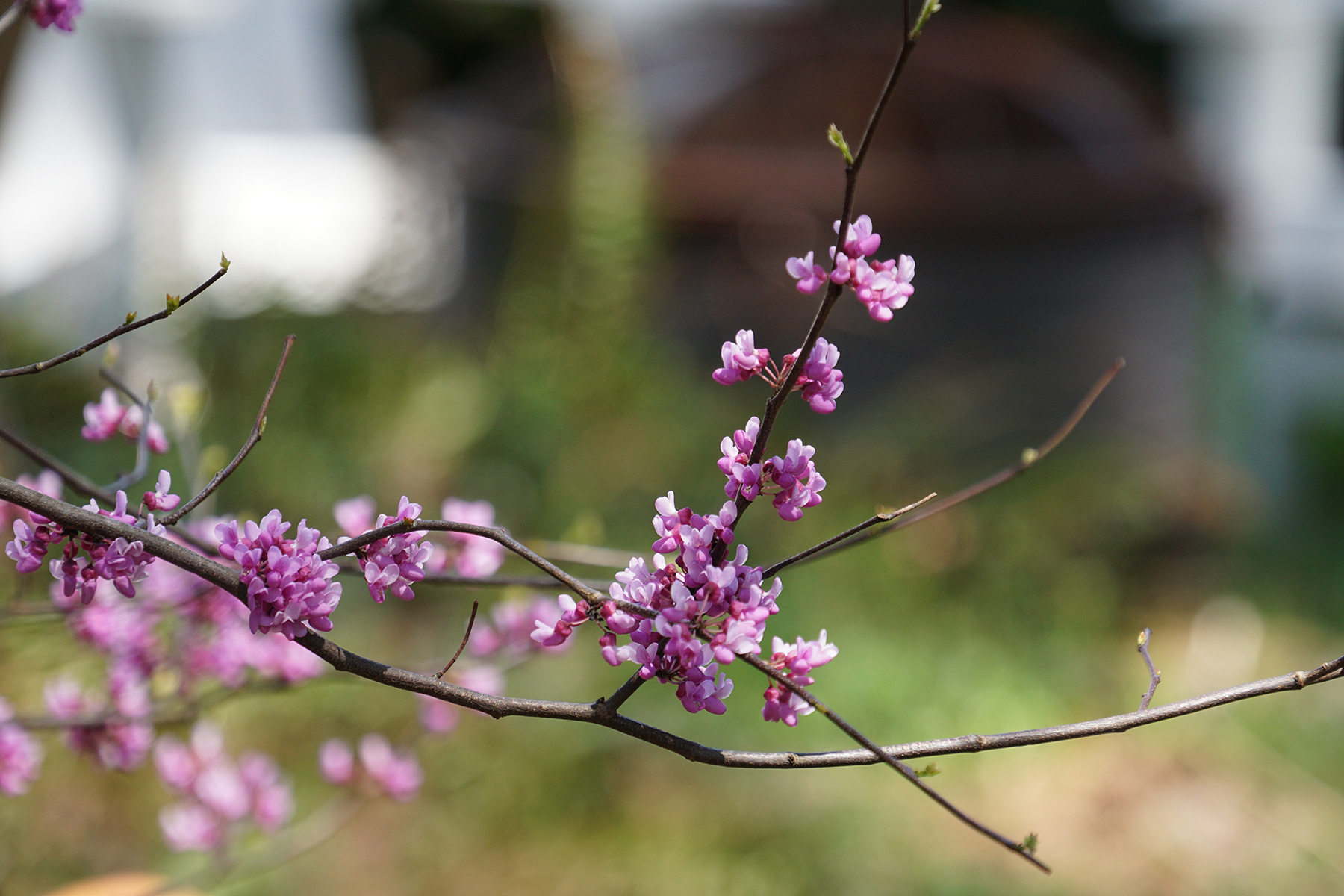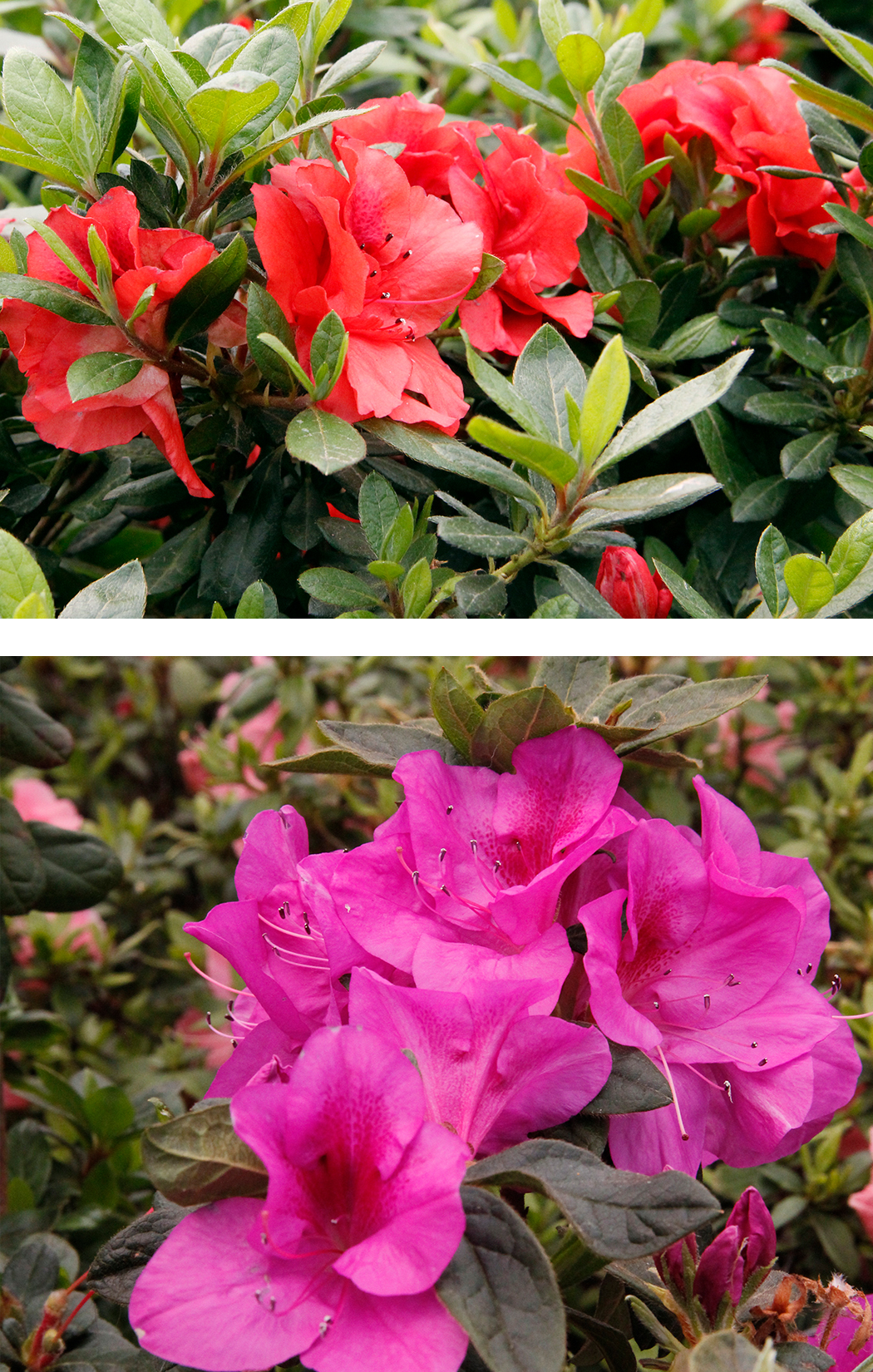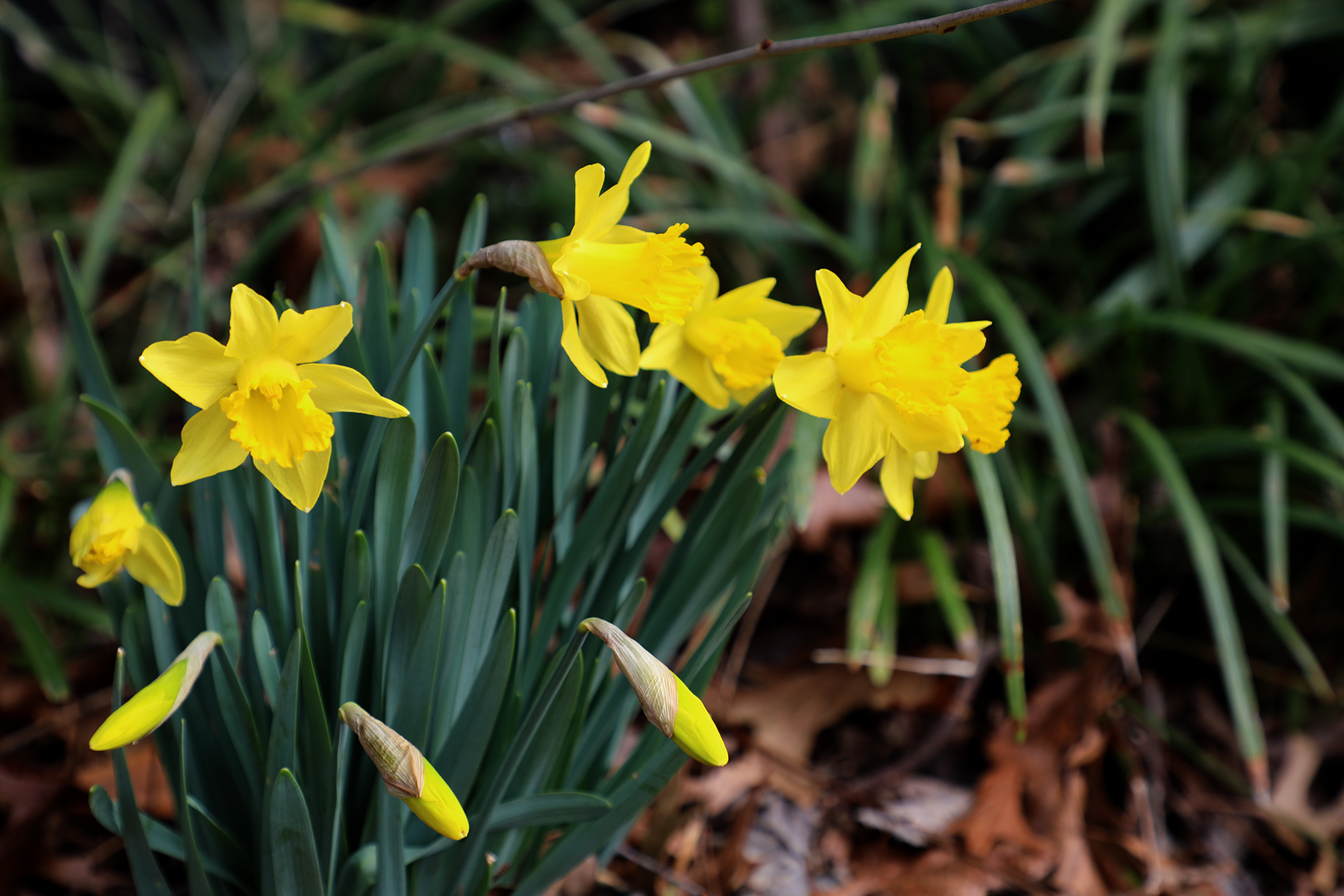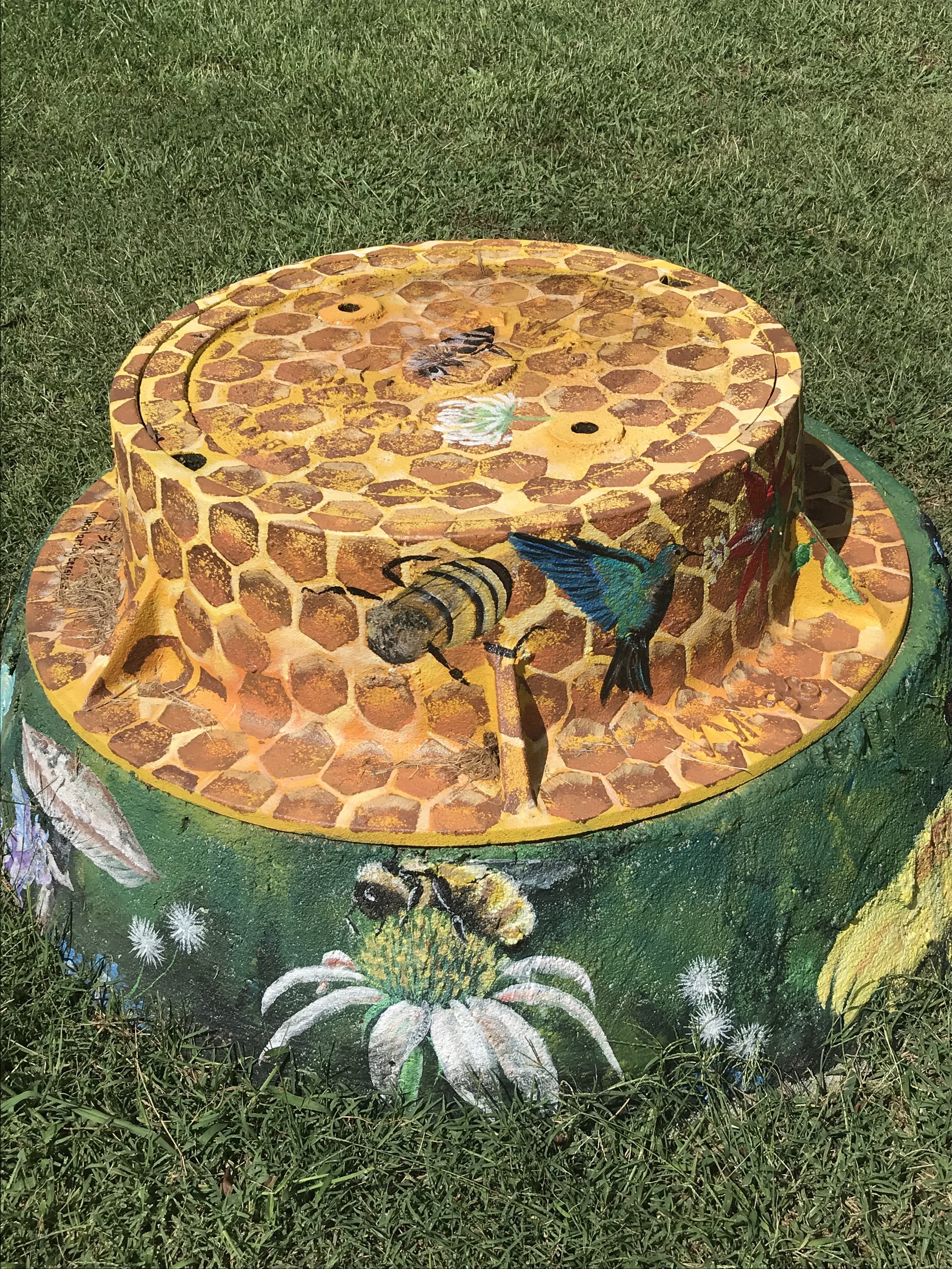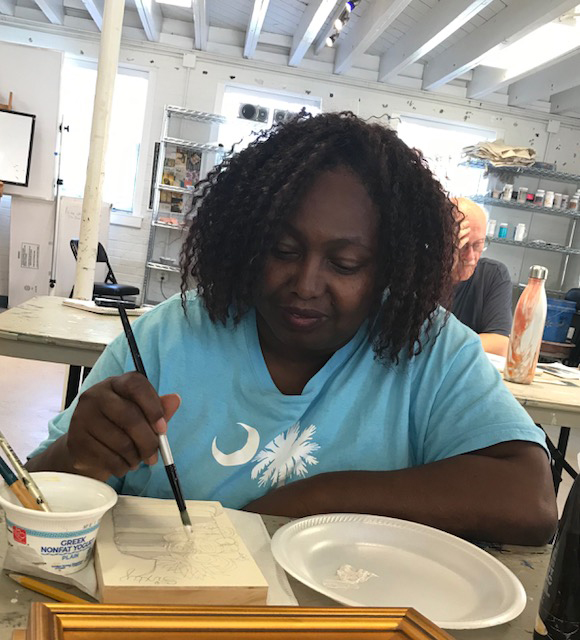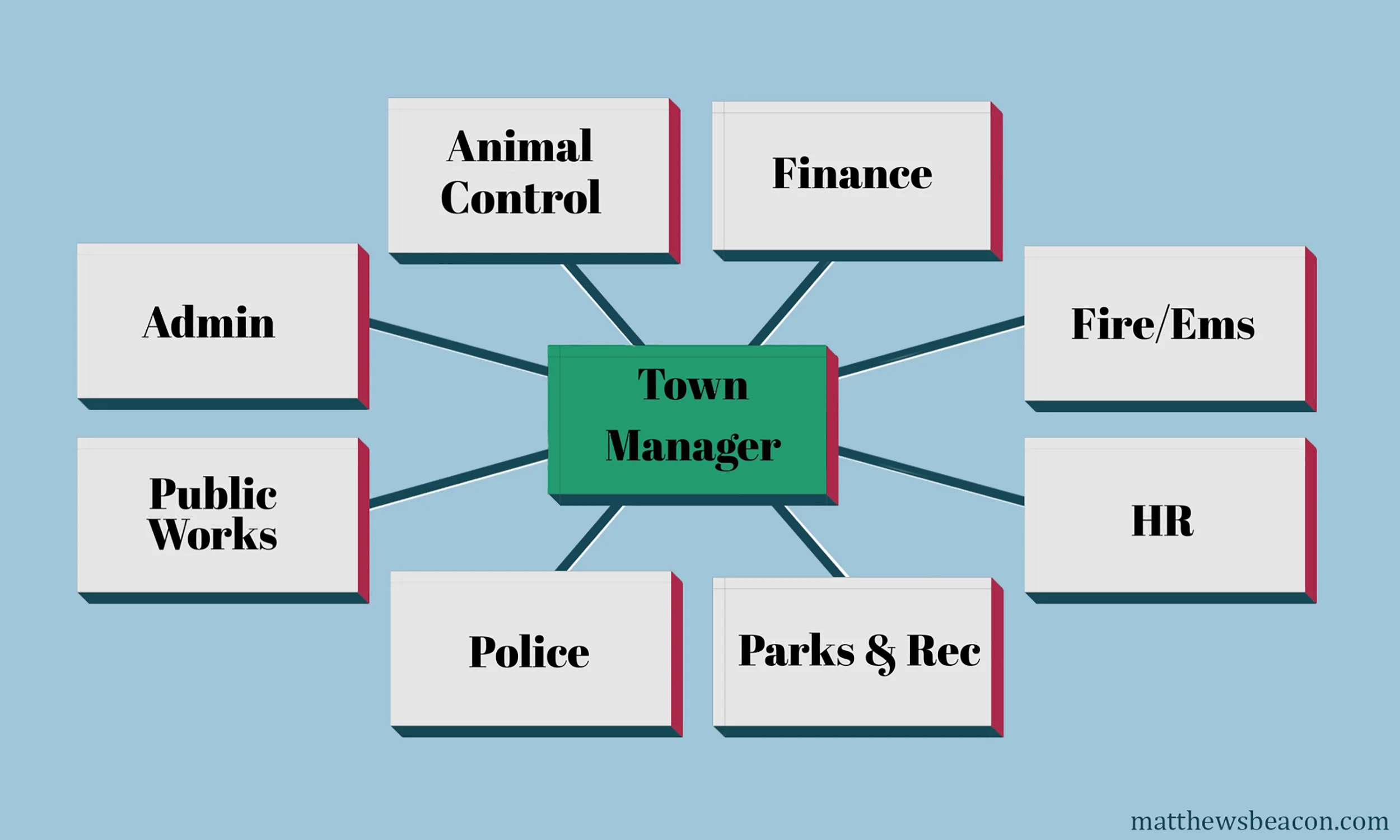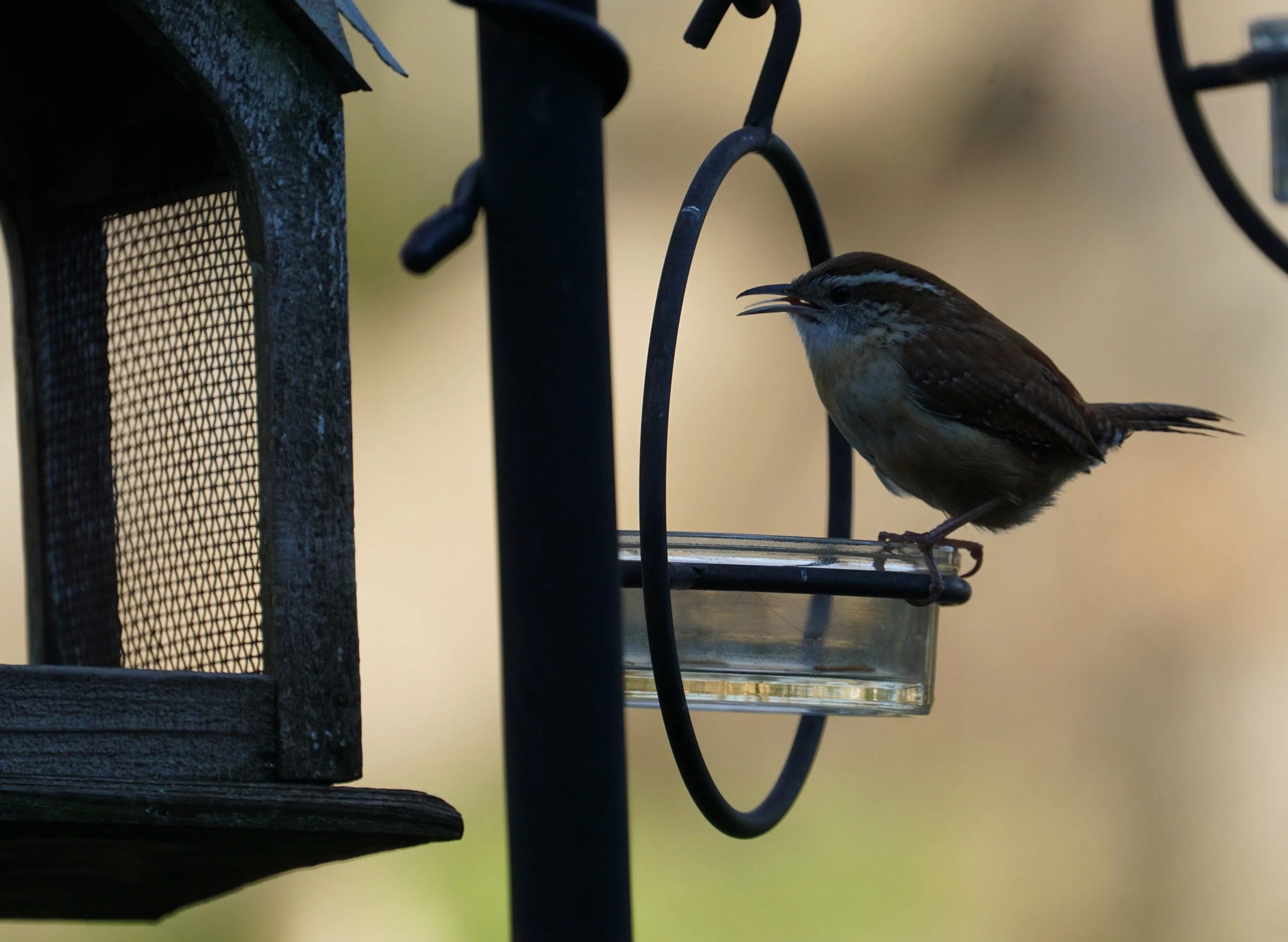His bees are called hybrid Russians. He sells 100,000 pounds of honey each year. In peak production time (April – August), his boxes (colony) yield 50-70,000 bees, each. One hundred and ten of those boxes are located in Matthews.
Talking from his honey lot located in Renfrow Farms on West Charles Street in Matthews, he expresses pure joy at being able to do something he feels fundamentally passionate about and which he sees as a direct result of his relationship to God. “This is all a gift and a direction by God; this is not of my doing,” said Caudle, who by his own admission was missing a “personal relationship with God,” before his life-threatening illness changed his life.
While he said he often prays in his truck, upon entrance to his honey box areas, he also says a brief “thank you” to his Creator for giving him his bees. “God, thank you – look at them, they are all alive. Oh, thank you God,” he said.
A walk around his honey boxes becomes a thing of joy, with Caudle extolling the beauty of his bees (this time of year - yellow, black, orange, or gray in color), the beauty of his boxes (originally marked with simple logos which his bee-teachers said were a necessity to steer the bees to the correct boxes), the importance of his Queens (carefully picked by him and sometimes killed and replaced by him out of necessity for survival of that colony), excitedly sampling the variety of honey smells (lifting the box lids to sniff the differing aromas), often sampling his own wares (up to two to three pounds/day).
Caudle is a man content with using a pine needle smoker to spray over his body, rather than use full body or other cover-up gear. His mission is to be with and get as close as possible to his bees/colonies/boxes.
“We are ranchers of the airwaves,” said Caudle. “They fly up and away – up to two miles, collecting pollen for the preservation of their hives, bringing nectar back for the hives.”
In Matthews, his honey lot and participation in selling his wares at Renfrow’s was a serendipity of circumstances. Seven years ago, Renfrow’s owner David Blackley was seeking a way to better pollinate some of his crops which weren’t doing well (butternut squash and zucchini); Caudle’s brother wanted to encourage him to pursue beekeeping, which was in its infancy. They struck a deal: 10 initial boxes on about 1/3 acres located on the now nine-acre farm. That year, the crops were a significantly better yield, and so the partnership, John’s business and Renfrow’s crops flourished.
“It is very good honey,” said Blackley, “...some of the best in Mecklenburg Country. It’s a great addition to the farm sales. We’re pleased that the hives have done well. John has done a great job of keeping them,” Blackley said. “We like the fact that it’s unpasteurized and has no commercial agriculture happening (around the location) for three miles.”
This is clearly a man in love – in love with all his “girls,” as he calls them; in love with life and in love with his life.
So, what does the future hold? More time with his daughters, his grandchildren and a possible doubling of his hives.
“Everything is a timeline,” he said. “I love my creator. I love my family. I love my bees.”
